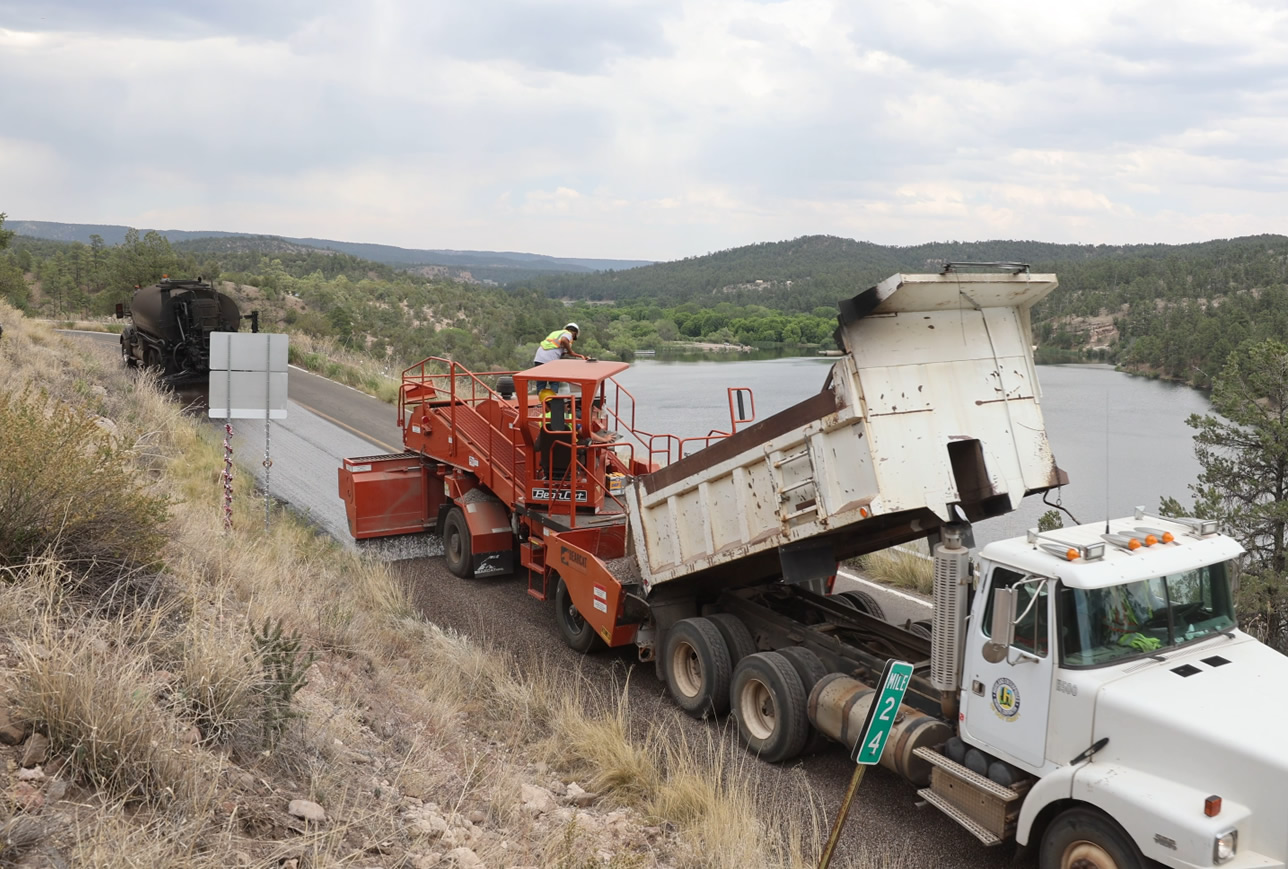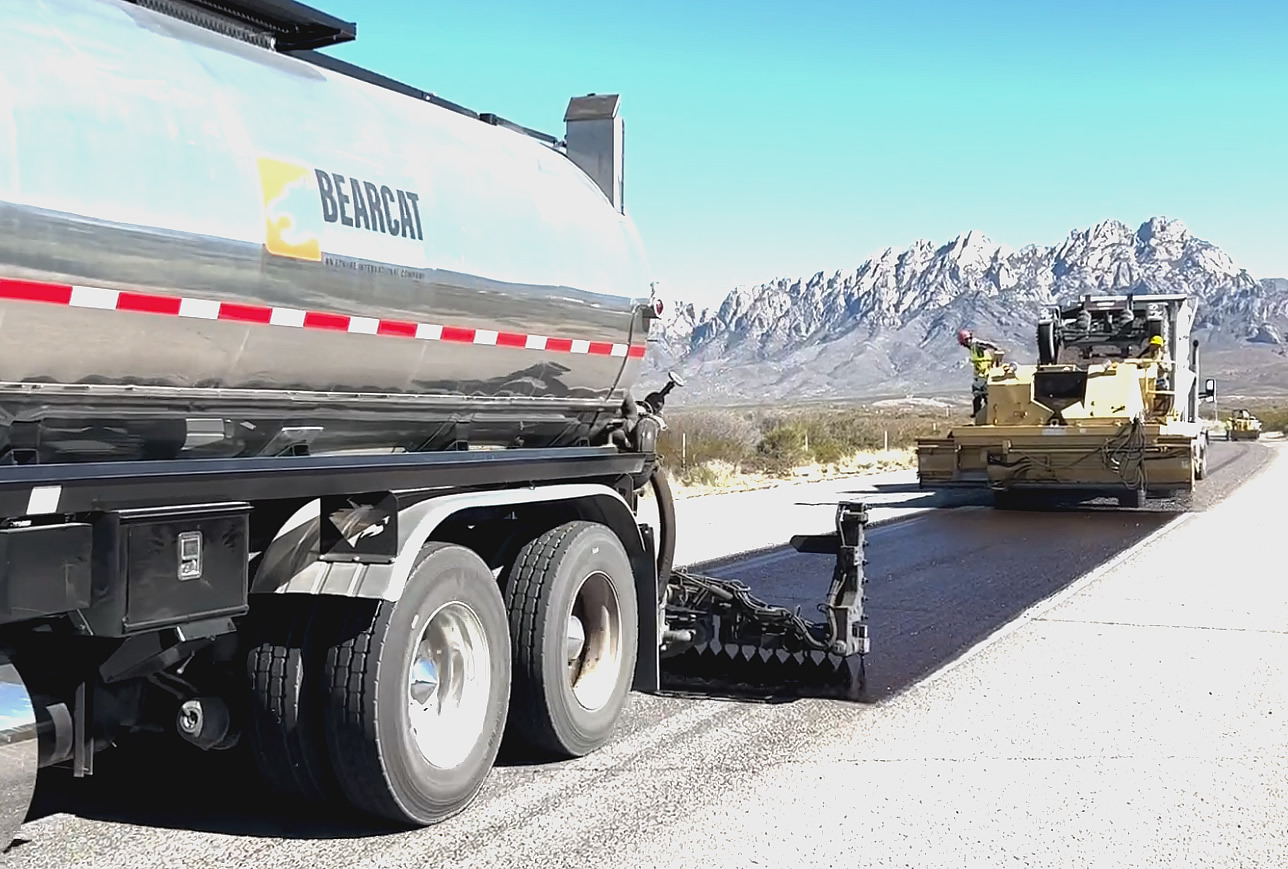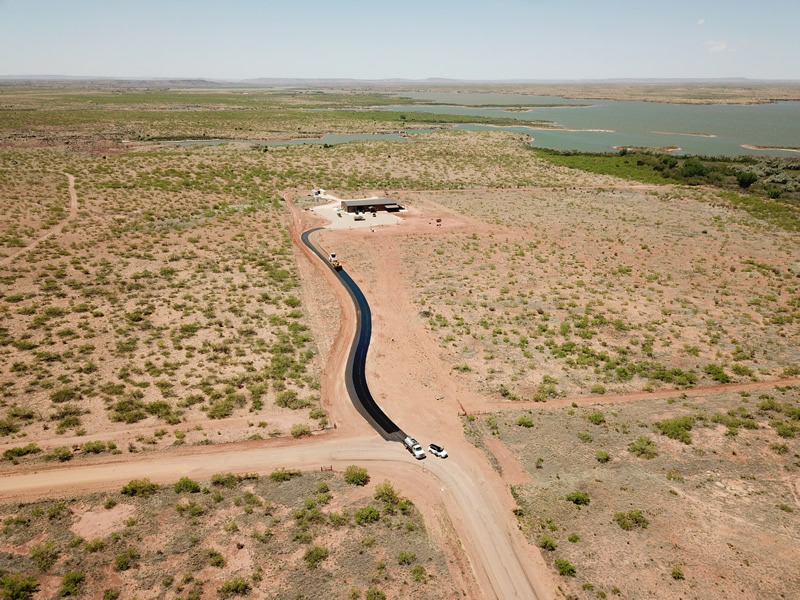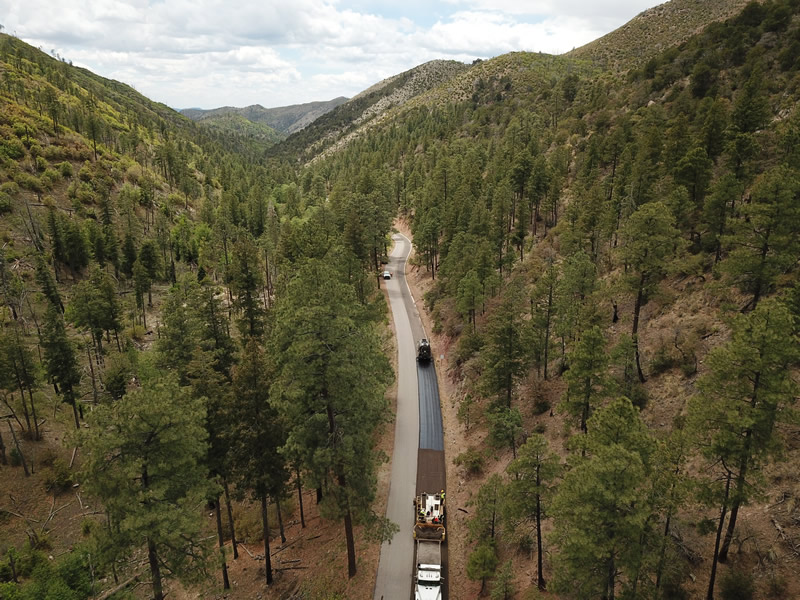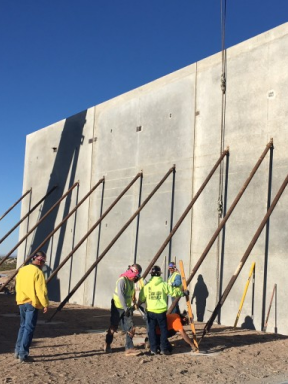and Maintenance
 Screenshot 2024-09-24 at 2.09.45 PM
Screenshot 2024-09-24 at 2.09.45 PM
Chip Sealing
“Chip Sealing” is a common pavement maintenance practice that extends pavement life and provides a good driving surface.
How are Chip Seals Different from Asphalt Overlays?
Hot Mix Asphalt pavement is produced by heating liquid asphalt and mixing it with aggregate, with the mix then spread and compacted to form a durable road structure and riding surface. Chip Sealing uses the same ingredients as asphalt paving, but the construction method is different. With chip seals, a thin film of heated asphalt liquid is sprayed on the road surface, followed by the placement of small aggregates (“chips”). The chips are then compacted to optimize adherence to the asphalt, and excess stone is swept from the surface. The ingredients of hot mix asphalt and chip seals are the same; only the construction methods are different.
Why use Chip Seals?
- Chips Seals provide the opportunity to maintain many roads for a lower cost.
- By extending the time between asphalt overlays, Chip Seals result in lower costs over the long term.
- Chip Seals eliminate the need to crack seal.
- Chip Seals enhance safety by providing good skid resistance.
- Chip Seals provide an effective moisture barrier for the underlying pavement against water intrusion by sealing cracks in the pavement.
- Chip Seals prevent deterioration of the asphalt surface from the effects of aging and oxidation due to water and sun.
- Chip Seals help eliminate black ice situations. In hot weather, Chip Seals re-seal cracks by flowing back together.
How Are Chip Seals Placed?
The process begins with thorough cleaning of the road surface to rid it of debris, followed by patching any holes. Subsequently, an asphalt distributor truck meticulously sprays each lane with hot liquid asphalt to ensure uniform application, typically at a temperature ranging between 150 and 185 degrees Fahrenheit. A chip spreader promptly follows suit with a rock application, ideally within one minute to allow for optimal embedding of the rock by the displaced asphalt. The rocks, adhering to a special specification for size and cleanliness, are then set into the liquid asphalt by a rubber-tire roller, which facilitates orientation of the rock’s flat sides downwards, producing a tighter chip seal. Multiple passes of the roller, typically two to four, are required to achieve optimal rock setting. Finally, sweeping concludes the chip seal process, removing excess rock from the surface to safeguard against potential damage to the project caused by loose debris.
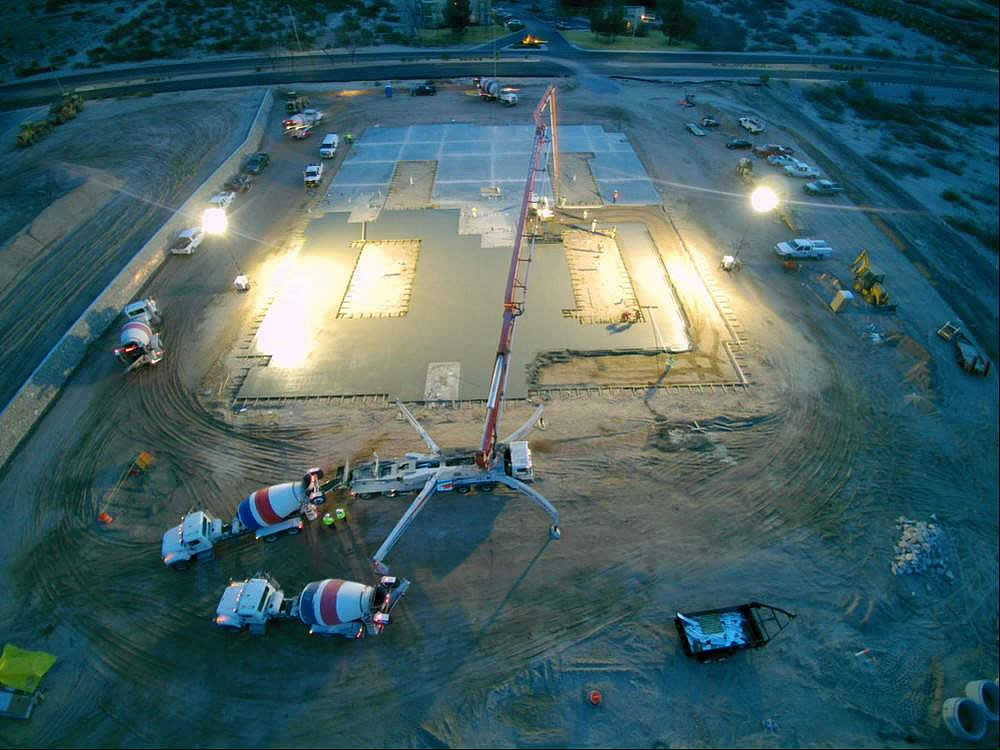 Commercial_Industrial_Construction
Commercial_Industrial_Construction
General
Construction
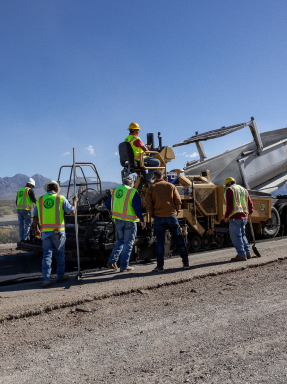 CARDS2
CARDS2
Roadway Construction
and Maintenance
 CARDS4
CARDS4
Earthwork
and Utilities
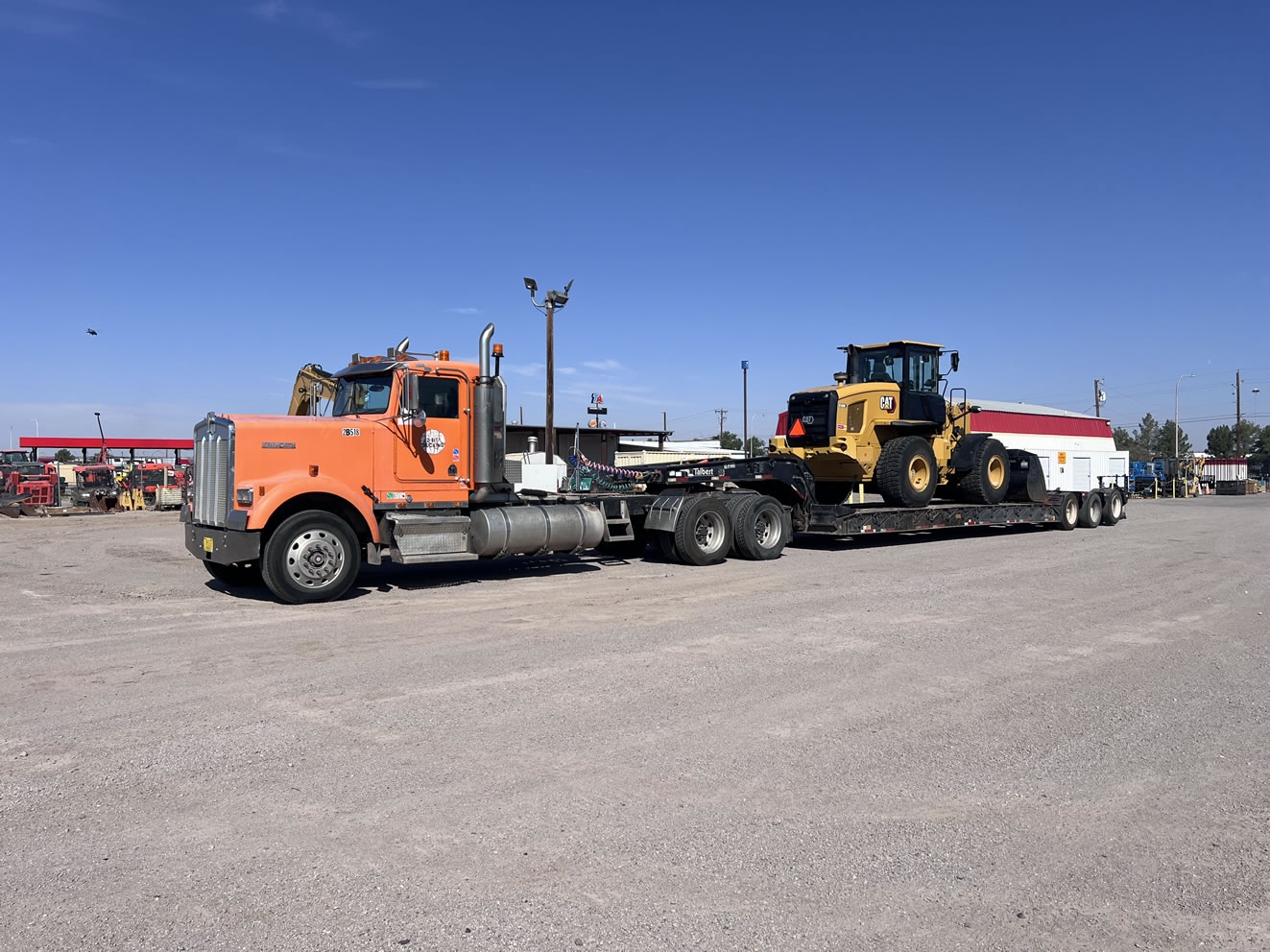 t-1
t-1
